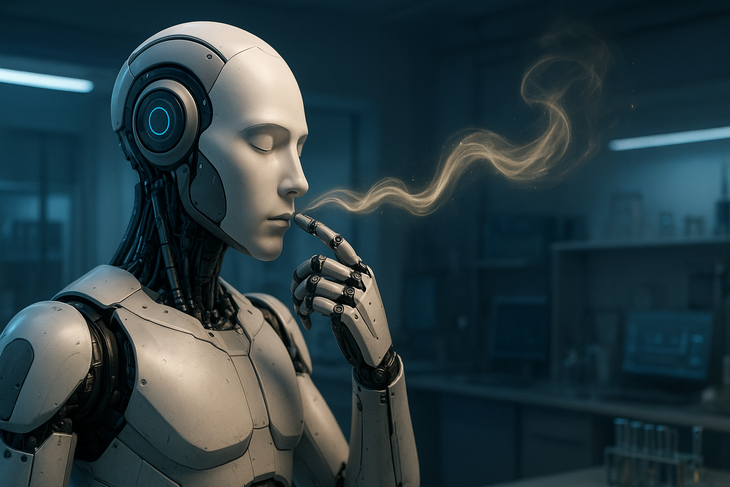
AI can now sense scents
After demonstrating superior capabilities in computer vision, language processing, and speech recognition, artificial intelligence (AI) technology has now taken a bold step forward: smelling.
“Electronic noses” are integrated with sensors and AI algorithms that can analyze volatile compounds, thereby opening up huge application prospects in medicine , food safety, the environment and many other areas of life.
When AI has a "sense of smell"
In the past, artificial intelligence was mainly associated with vision, hearing and language. But in recent years, the "virtual nose" of AI has appeared.
Through electronic sensors and machine learning models, AI can recognize, classify, and even predict the scent of a molecule. This is an important step forward in bringing technology closer to human senses.
How it works: from sensors to "virtual noses"
There are two main directions of development. One is the electronic nose, which uses an array of sensors to capture volatile compounds and analyze them using machine learning algorithms. The other is the virtual nose, which relies only on the chemical structure of molecules to predict human odor perception.
Thanks to advances in artificial intelligence, especially graph neural networks, the model can “translate” from chemical structure to sensory information like citrus, woody, sweet or sulfurous.
Widely used in life
In medicine, AI can detect signs of disease just from breath, helping to screen for lung cancer or digestive diseases without being invasive.
In the fragrance industry, this technology shortens the perfume creation process from months to days, opening up the possibility of designing unique scents.
In environmental safety, the system can warn of toxic gas leaks or detect fraud in the supply chain thanks to its distinctive odor profile.
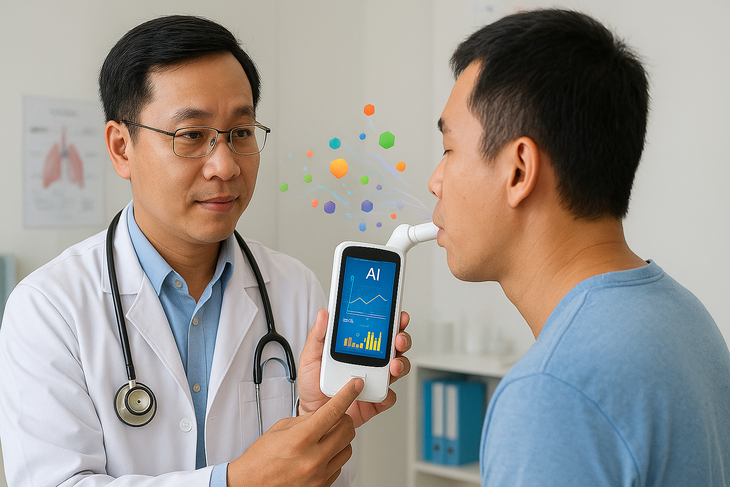
A doctor is having a patient blow into a handheld device that analyzes scents using AI.
Technical challenges
Despite its potential, the technology faces many challenges. Real-life odor mixtures do not follow simple addition, making analysis difficult. Sensors are susceptible to signal drift over time, requiring constant calibration.
Furthermore, smell perception is individual and culturally dependent, so predictive models may deviate from actual experience.
The race of the big guys
Many global fragrance companies have begun incorporating AI into their product development processes. Google-backed startup Osmo even claims that one day we will be able to “send scents via text message.” They are building a digital map of scent with a database of billions of molecules and a fragrance design platform powered entirely by AI.
The future of digital olfaction
Smell is a sense closely linked to human memory and emotion. If AI can truly “smell” and recreate odors, the prospect of needle-free medical treatments or virtual museums that smell like the sea or the city is not far-fetched. The remaining problem is to standardize the technology and address ethical and privacy barriers before digital smell enters everyday life.
Source: https://tuoitre.vn/khong-chi-nghe-nhin-noi-ai-gio-day-con-ngui-duoc-mui-20250822114337195.htm













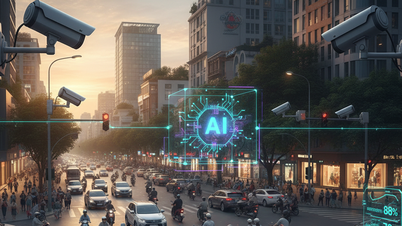
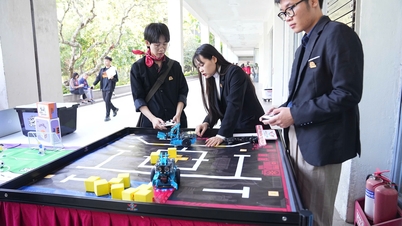





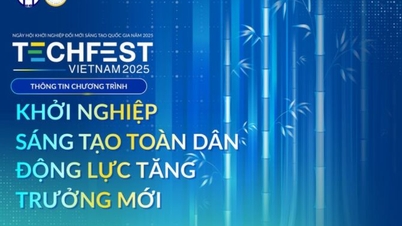
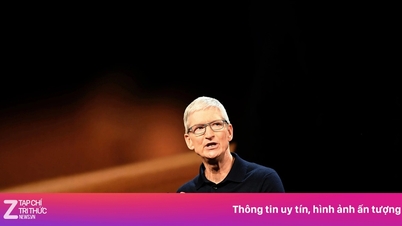










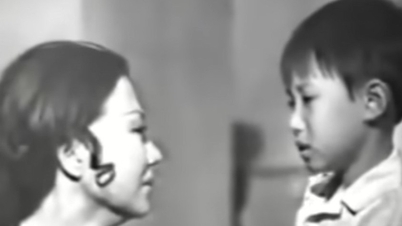















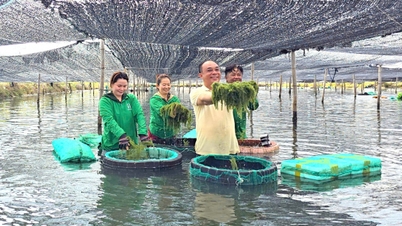






























































Comment (0)